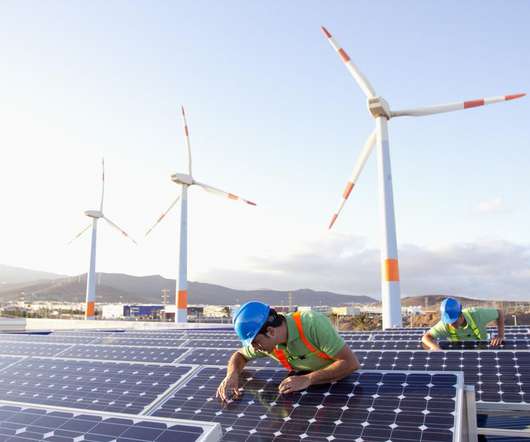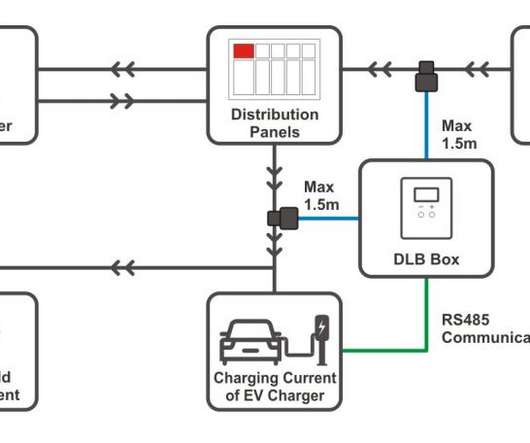8 Rivers announces 8RH2 CO2 Convective Reformer for ultra-low carbon hydrogen production from natural gas
Green Car Congress
MAY 26, 2023
The ultra-low carbon hydrogen then can be turned into ultra-low carbon ammonia, which in turn can be used for decarbonized fertilizer, zero-carbon maritime fuels, and as a zero-carbon feedstock fuel to replace coal in existing power infrastructure. Ammonia can be easily ‘cracked’ back into hydrogen after reaching its end user.



























Let's personalize your content